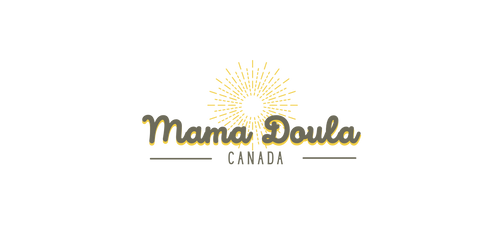Quando se trata do milagre do parto, as posições do nosso corpo podem ter um impacto significativo na jornada. Este post do blog explorará como diferentes posições corporais podem colaborar ou atrapalhar o processo de parto. Também nos aprofundaremos na física por trás de tudo isso e discutiremos o impacto potencial dos protocolos hospitalares no incentivo à liberdade de movimento durante o parto.
A Física das Posições de Nascimento
As leis da física se entrelaçam graciosamente com o processo de parto. Certas posições corporais trabalham em harmonia com a gravidade e as forças naturais em ação, facilitando o progresso do trabalho de parto. Outras podem impedir o processo ou criar desafios desnecessários. Vamos descobrir a física por trás de tudo isso!
Posições Colaborativas
Posições eretas: Quando a parturiente assume posições eretas, como em pé, agachada ou ajoelhada, ela se alinha com as forças da gravidade. Essa colaboração permite que a gravidade auxilie a descida do bebê pelo canal do parto. Posições eretas também podem alargar a saída pélvica, proporcionando mais espaço para o bebê.
Mãos e Joelhos: A posição de mãos e joelhos pode aliviar a pressão na coluna e promover o posicionamento fetal ideal. Essa postura permite que a cabeça do bebê pressione o colo do útero com a ajuda da gravidade, facilitando potencialmente um trabalho de parto mais tranquilo.
Inclinação para a frente: Inclinar-se para a frente, seja em uma bola de parto, em uma cama ou em um acompanhante, estimula a inclinação da pelve para a frente. Esse alinhamento pode ajudar a abrir a saída pélvica e criar um ambiente de parto mais favorável.
Posições desafiadoras:
Supino (Deitado de Costas): A posição supina, comumente usada em ambientes hospitalares, pode dificultar o progresso do trabalho de parto. Quando a parturiente deita de costas, a gravidade atua contra ela, dificultando a descida do bebê. Essa posição também pode comprimir os vasos sanguíneos e reduzir o fluxo sanguíneo para o útero, potencialmente afetando o suprimento de oxigênio do bebê.
Posições Semi-Reclinadas: Posições semi-reclinadas, frequentemente empregadas durante intervenções médicas ou monitoramento contínuo, podem prejudicar a eficácia das contrações. Essas posições limitam a capacidade da parturiente de se movimentar e lidar com a gravidade, potencialmente prolongando o processo de trabalho de parto.
O Impacto dos Protocolos Hospitalares:
Protocolos e rotinas hospitalares podem inadvertidamente restringir a liberdade de movimento durante o trabalho de parto. O monitoramento contínuo, o uso de equipamentos médicos ou o medo de responsabilidade podem limitar a capacidade da parturiente de mudar de posição livremente. Essas restrições podem dificultar os mecanismos de colaboração entre o corpo e a gravidade, potencialmente impactando o andamento do trabalho de parto.
Fortalecendo a Liberdade de Movimento
Embora os protocolos hospitalares sejam elaborados para garantir a segurança e monitorar o bem-estar da parturiente e do bebê, é essencial defender a liberdade de movimento durante o trabalho de parto sempre que possível. Uma comunicação aberta com seu profissional de saúde, discutindo suas preferências e desejos de movimento e explorando opções como monitoramento intermitente podem ajudar a promover um ambiente que incentive posições de parto ativas e colaborativas.
Concluindo!
Na dança do parto, nossas posições corporais podem colaborar ou dificultar o processo de parto. Posições eretas, mãos e joelhos, e inclinação para a frente trabalham harmoniosamente com a gravidade, facilitando o progresso do trabalho de parto. Por outro lado, posições supinas e semi-reclinadas podem impedir o fluxo natural. É importante estar ciente do impacto potencial dos protocolos hospitalares na liberdade de movimento durante o trabalho de parto. Ao defender e discutir suas preferências com seu profissional de saúde, você pode buscar um ambiente que incentive posições colaborativas e apoie a dança extraordinária do parto. Lembre-se: seu corpo foi projetado para essa dança, então deixe-o se mover, balançar e abraçar a magia do parto.

